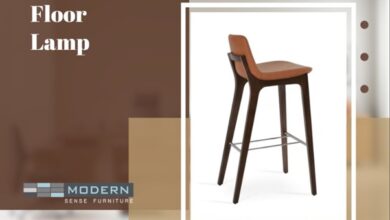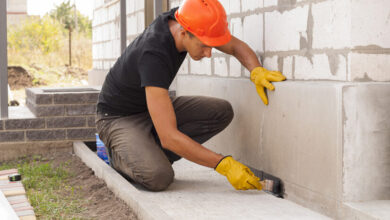Sanitary Valves Types and Its Structure
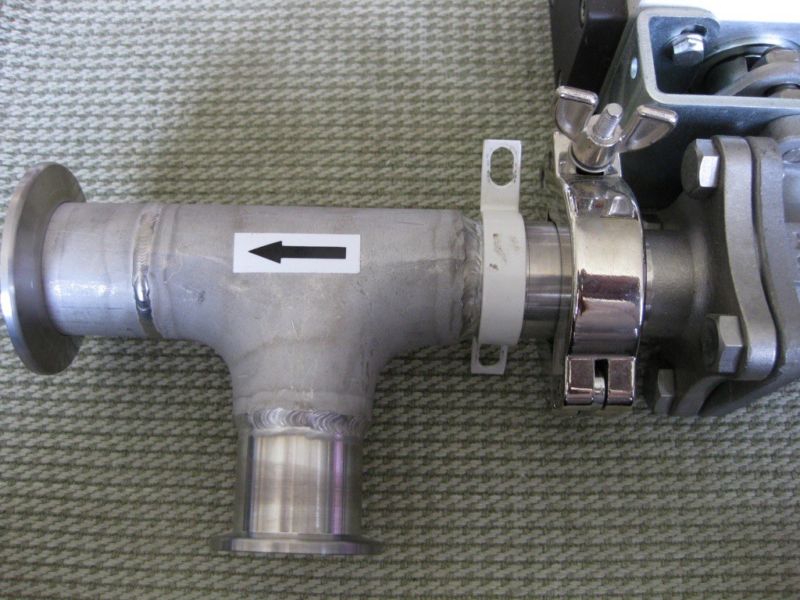
A sanitary valve, what is it? A sanitary valve is a valve type meeting the health standards. The body of the valve is expected to meet the stainless steel health standards. The parts contacting the medium are given mirror polish. The polishing and cleanliness degree both meet the valve components health standards. It is used in the sanitary areas mainly for food processing, hospitals, and pharmaceutical factories. In fact, the sanitary valves are also of immense use in places requiring high health standards that cannot tolerate any chemical or physical hazard.
The materials used in the valve body as well as the sealing are stainless steel. The valve seat in the sealing surface should be strictly non-toxic. The material for soft and hard sealing can be in rubber and stainless steel. The sanitary valves commonly include:
- Sanitary ball valves
- Sanitary butterfly valves
- Sanitary solenoid valves
- Sanitary check valves
- Sanitary diaphragm valves
The sanitary valves requirements for its mechanical sealing are:
- The GMP requirements must be in line
- Smooth transition and no materials accumulation
- A 1.6 surface fineness or above
- A structure to stop the material from fleeing outside the surface of sealing
- In suit cleaning and disinfection of the surface that comes into contact
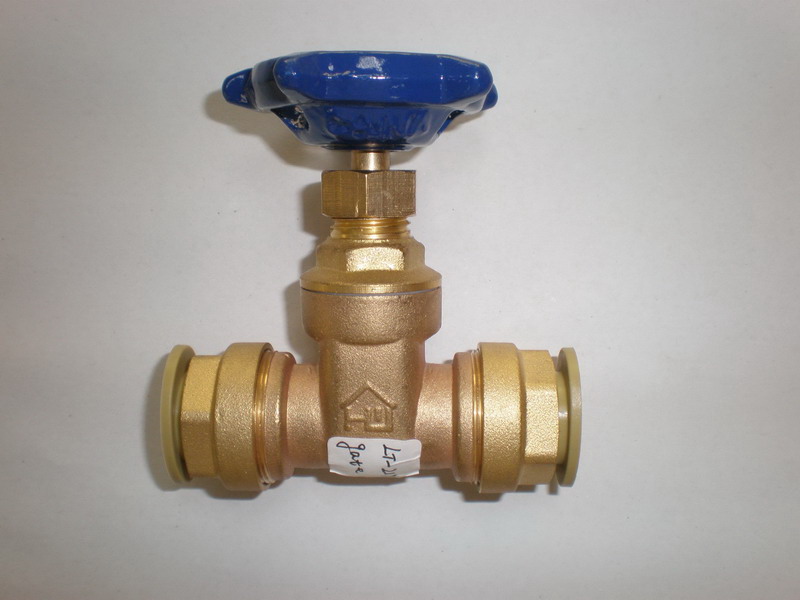
Structure and Types of Sanitary Ball Valves
A ball valve is a type of quarter turn valve featuring a ball positioned in the path of the fluid. This ball features a straight hole such that as the hole is in the fluid path direction the fluid gets released with positioning and as the hole is kept in perpendicular position, the fluid gets stopped.
The hole and ball sizes vary and there are three ball valves types available such as:
- The full port type
- The standard type
- The reduced type
Full Port Type
The full port valve type gives no restriction to flow. As the ball valve stays open, the liquid keeps freely flowing. This is attained by making the ball bigger than the size of the path so that the hole through it is same as the path size.
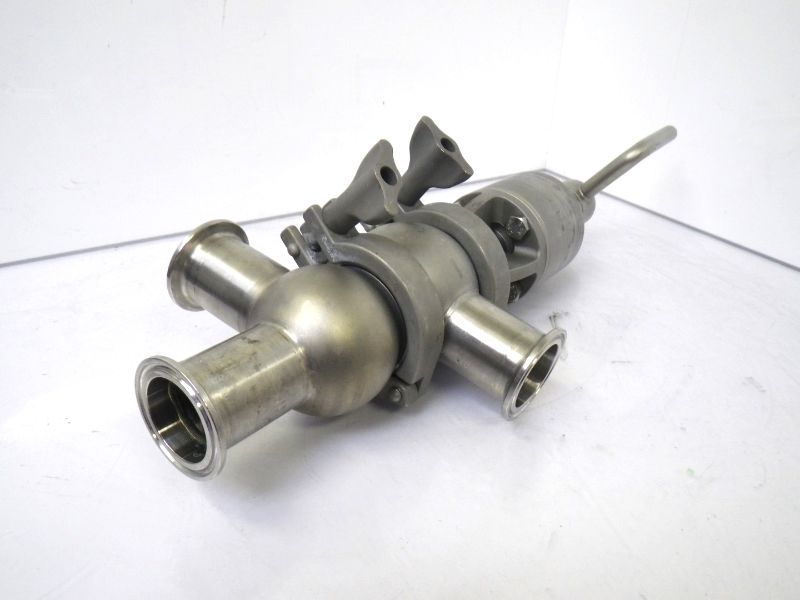
Standard Type
In this type, the port ball valve has a smaller hole in comparison to the fluid path. It does not feature a ball in oversize. A standard port presents a ball valve that has small flow restriction such that the fluid flows through the valve
Reduced Type
In this valve type, the ball is even smaller and the hole is smaller, creating a flow restriction significantly that the fluid passes easily through the valve.


